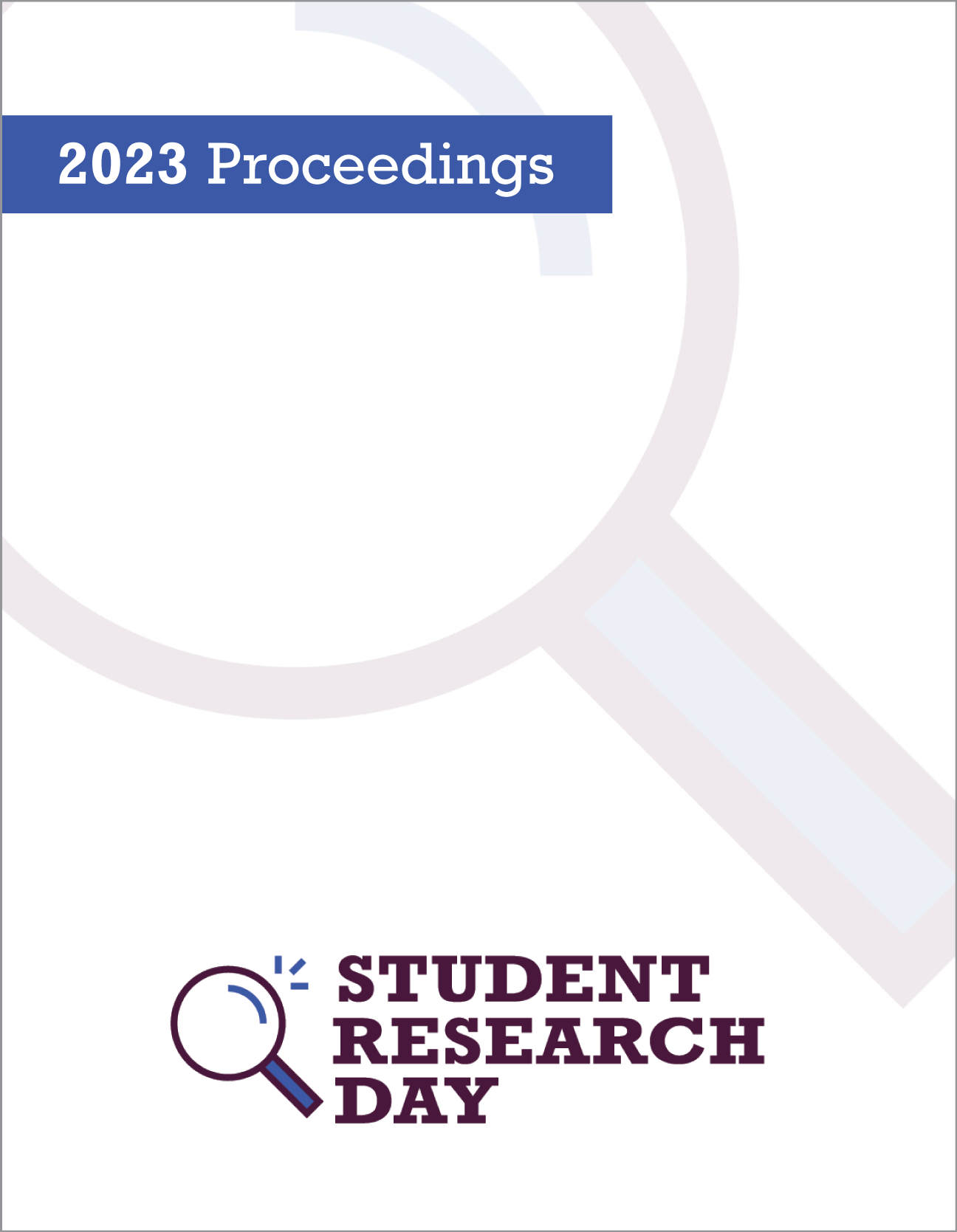BMP3 Treatment Effects on Differentiated Chondrogenic ATDC5 Cells Signaling Pathways and Protein Expression
Abstract
Three BMP3 variants of interest (c. 1178C>T; p. S393F, c. 1349T>;A; p. F450Y, c. 1408G>C; p.A470P) were identified by researchers studying the genetic basis for ocular coloboma. They concluded that BMP3 plays a role in ocular coloboma based on BMP3 mutant zebrafish. An additional finding was that BMP3-mutant zebrafish exhibited cartilaginous jaw deformities compared to wildtype siblings. BMP3 is an atypical member of the bone morphogenic protein subfamily and has been identified as a negative regulator of bone formation, while its effects on chondrogenesis are poorly understood. We first confirmed and characterized ATDC5 cells as a model for chondrogenic differentiation by culturing in DMEM/F12HAM growth media and differentiating 1% ITS liquid media. Immunoblots of ATDC5 cell lysates showed increased expression of the chondrogenic marker protein, collagen II, in 1% ITS-treated cells compared to untreated controls. Whereas 1% ITS treated cells at 2 weeks had much fainter bands indicating decreased expression of collagen II. Both groups of cells treated with 1% ITS for either 1 week or 2 weeks showed increased expression of the osteogenic marker protein, RunX2, compared to untreated controls. Alcian blue staining of week 1 cells, week 2 cells, and untreated controls gave a positive indication of glycosaminoglycans. Similar positive results were observed for Alizarin red staining. Based on these results, we next treated groups of ATDC5 cells with either 100 ng/mL of BMP2, 100 ng/mL of BMP3, 1% ITS, or an untreated control group and took lysates at time points day 1, 4, 7, and 10 for future immunoblots.
Faculty Mentor: Dr. Lisa Prichard
Published
Issue
Section
License
Authors retain any and all existing copyright to works contributed to these proceedings.



